Table of Contents
The October 31 of each year marks the feast of Halloween which has long since become our custom as well, although it is purely American in origin. In fact, this holiday is particularly popular in the countries of Anglo-Saxon tradition such as the United States, the United Kingdom, Ireland and Canada, but it is now known and celebrated in much of the world.
The roots of Halloween go back to an ancient Celtic festival named Samhain, celebrated about two thousand years ago in Ireland and Scotland. Samhain marked the end of summer and the beginning of winter, a period associated with darkness and cold. I Celts believed that on the night of Oct. 31-Nov. 1, the boundary between the world of the living and the world of the dead became thinner, allowing spirits to return to earth. To protect themselves from evil spirits, people would light bonfires and wear masks and disguises, so as to blend in with the souls that wandered in the night.
With the arrival of Christianity, the Church sought to replace this pagan festival with religious holidays such as the All Saints' Eve (All Hallows' Eve), from which the name "Halloween" is precisely derived. Today one of the best-known symbols of Halloween is the carved pumpkin (Jack-o'-lantern), representing an ancient Irish legend. Traditionally, a pumpkin is hollowed out, decorated with a scary face, and a candle or lamp is placed inside.
Among the most popular customs we also find the classic "trick or treat" for which children, dressed as witches, ghosts or monsters, go from house to house asking for candy and sweets. At this time then it is customary to decorate homes or stores with horror-themed elements to get into the Halloween mood.
Halloween is a holiday that combines fun and creativity as people organize masquerade parties for both adults and children, they look at themselves horror movie and participate in themed events. Beyond the commercial aspect, however, Halloween represents a time to exorcise fear, to play with mystery, and to remember ancient traditions related to the cycle of life and death.
Halloween in Naples: what to eat?
Halloween has become a popular holiday in Naples as well, where on October 31 it is easy to encounter children in disguise roaming the streets looking for treats! But what exactly is eaten in the city at this time? Since the holiday falls just before the Day of the Dead, or November 2, it is customary to prepare all those delicacies for the occasion that are cooked to honor the memory of the dead.
For example, there is never a shortage of chocolates, candies, castagnole or pancakes, ideal for parties with children, but we can also find pumpkin dishes, such as stuffed ravioli, risottos or baked desserts. These days then in pastry shops in Naples we can encounter the famous nougat of the dead, a kind of chocolate and dried fruit brick that is softer than classic nougat. It is usually made with dark or milk chocolate, but in recent years more modern versions have emerged with fruit, pistachio, coffee and more.
What to see in and around Naples on Halloween
Are you spending October 31 in Naples and would like to visit the most mysterious and esoteric places in the city? This is the perfect place to experience a day of leisure and relaxation among myths and legends that are rooted in a history thousands of years old. With its thousand-year stratification, Naples is considered by many to be a true Mediterranean energy and esoteric center, a place where the sacred and the profane, light and shadow have always coexisted.
The Neapolitan capital is thus a crossroads of popular faiths and beliefs between paganism, Christianity, Judaism and Freemasonry. Many of these symbols and esoteric elements are scattered among buildings and palaces in the historic center that serve as the backdrop for ghost stories and mysterious characters with a dark past. To experience esoteric walks among the alleys of Naples, do not hesitate to book a tour guide with Movery by calling 351.5585067.
Alternatively, we recommend a theatrical tour at the Bank of Naples Historical Archives which you can find on Via dei Tribunali. Inside the museum there are 80 kilometers of shelves housing millions of volumes on the history of Southern Italy, and during your visit you will be accompanied by the munaciello, or the deformed spirit that roams the ancient Neapolitan palaces, who will tell you timeless stories and legends.
Instead, among the most iconic and interesting places to visit on Halloween are undoubtedly the Catacombs of San Gennaro located in the Rione Sanità, at the foot of the Capodimonte hill.
This is the largest catacomb complex in southern Italy, developed on two main floors, excavated in the tuff from the second century AD.
The catacombs originated as early Christian burial hypogea, linked to the tomb of St. Agrippinus, the first patron saint of Naples. In the 4th century AD, the body of St. Gennaro, bishop and martyr, was transferred there and is now in Naples Cathedral. Over time the site became a center of pilgrimage and worship, a destination for the faithful who sought protection or miracles.
Also very fascinating is the Bourbon Gallery, one of the most enigmatic and picturesque places underground in Naples, a true secret city underground. Officially born as a military infrastructure and war refuge, however, it is also a powerful symbolic place, charged with energies and legends that make it central to the Neapolitan esoteric imagination.
The Bourbon Gallery was commissioned by Ferdinand II of Bourbon in 1853 and designed by architect Errico Alvino. During World War II it became a air raid shelter and in the postwar period it was used as a court storage facility for vehicles and scrap metal, which can still be seen today.
Other places not to miss on October 31 include the Fontanelle Cemetery, established in the 17th century as a large public charnel house, dug into the tuff of Materdei Hill. The name comes from the springs of water that once gushed from the rock, and during plagues and famines the quarries were used to house the remains of anonymous victims, with thousands of bodies laid without individual burial.
Over the centuries the place was adopted by the Neapolitan people, who began to care for the abandoned bones. Thus was born the worship of the pezzentelle souls, for which each worshipper would "adopt" a skull (called a capuzzella), clean it, pray to it and ask for favors or protection in exchange for prayers for its salvation.
An unmissable experience to experience on Halloween is the walking tour of downtown Naples with admission ticket to Sansevero Chapel which allows you to admire the famous Veiled Christ statue. The walk starts on Via Duomo, then continues along Via dei Tribunali, Piazza San Gaetano, San Gregorio Armeno and Spaccanapoli. Then you will arrive at Piazza San Domenico, and then reach the Sansevero Chapel.
You might be interested
Walking tour in Naples: Piazza Bellini, San Gregorio Armeno and Spaccanapoli
per person Book
Visit Vesuvius: complete package with bus, audio guide and entrance ticket from Naples
per person Book
Tour of the Royal Palace of Caserta by train from Naples: with or without audio guide
per person Book
Walking Tour of the Center of Naples with admission ticket to the Sansevero Chapel
per person Book
Napoli da Vivere: tour between the Galleria Umberto, Piazza del Plebiscito and the Quartieri Spagnoli
per person Book
Theatrical tour at the Bank of Naples Historical Archives with O' Munaciello
per person Book
Visit Naples in half a day: guided tour from Piazza Dante to Piazza del Gesù
per person Book
Private guided tour of the Royal Palace of Naples
per person Book
What to see in Benevento on Halloween
Benevento is one of the places most charged with myth, magic and esoteric symbolism in Italy. Known since the Middle Ages as "the city of witches", is a crossroads of ancient cults, pagan traditions and Christian legends, where folk witchcraft is intertwined with ancient mystery rites and Lombard influences.
Legend has it that, in ancient times, witches (janare) would gather at night under a large walnut tree along the Sabato River to celebrate sabbaths and magical rites. During full moon nights, the janaras would fly to the walnut, often riding on branches anointed with magical ointments. Here they danced, sang and honored ancient spirits, especially Diana, goddess of the moon, hunting and magic. With the advent of Christianity, Diana was "transformed" into the Sabbath devil, and the rites were then demonized as acts of witchcraft.
Among the most striking places to see in Benevento we have theArch of Trajan. It is one of the most extraordinary Roman monuments in Italy, not only for its artistic and historical value, but also for its very strong symbolic significance. It is the point at which ancient Roman Beneventum, the "gateway to the South," meets the dimension of the initiatory sacred, as happens in many key places in mystery Campania. The arch was built between 114 and 117 AD, in honor of Emperor Trajan, to celebrate the construction of the Via Traiana. Passing under the arch was, for the Romans, a rite of passage, a sacred crossing from one state to another, like crossing a cosmic gateway.
The Roman theatre of Benevento is another of the city's great centers of esoteric power, and together with the Arch of Trajan and the mythical Janare Walnut forms what many researchers call Benevento's sacred triangle: wisdom-initiation-magic. The structure was built in the early second century AD, under Emperor Adriano and completed by Antoninus Pius. Some scholars speculate that mystery rites related to Isis or Dionysus, two deities of spiritual rebirth, also took place in the theater.
To finish, we recommend a trip to the Benevento Cathedral o Cathedral of St. Mary of the Assumption. It is one of the city's most significant spiritual points, both historically and esoterically. Probably founded in the 8th century, it has been rebuilt several times due to earthquakes and natural disasters. The present building dates largely from the 19th century, but retains medieval, Romanesque and Baroque elements.The cathedral is dedicated to St. Mary of the Assumption, divine mother and symbol of the Sacred Feminine, in continuity with the cult of Diana and the Janare. Benevento Cathedral is more than a religious building, however: it is a center of sacred energy, where Christian rites overlap with traces of pagan traditions.

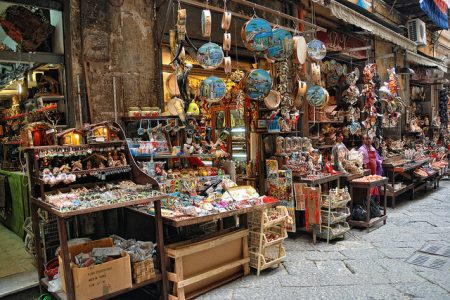

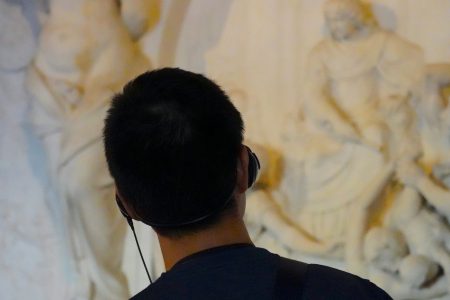
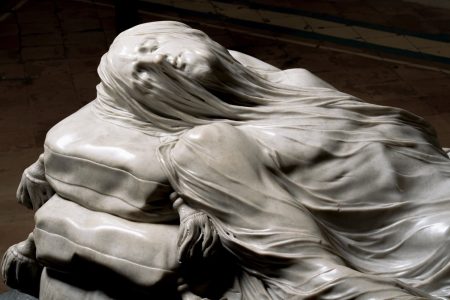
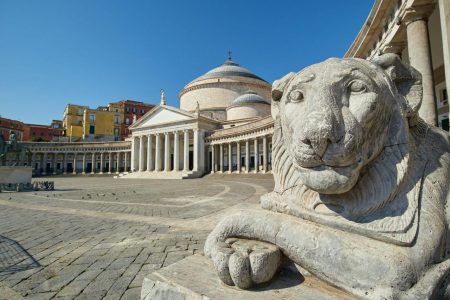
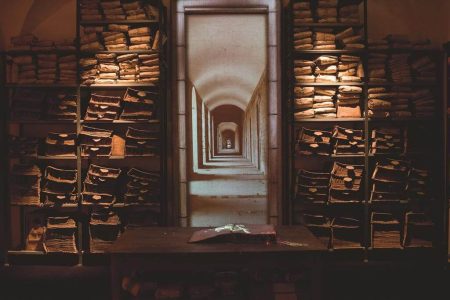
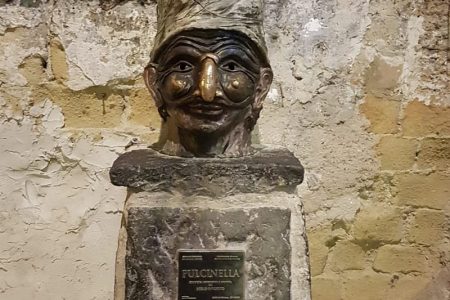
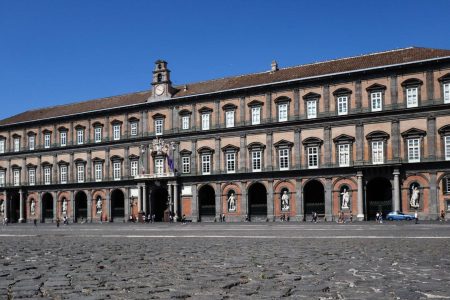
0 Comments